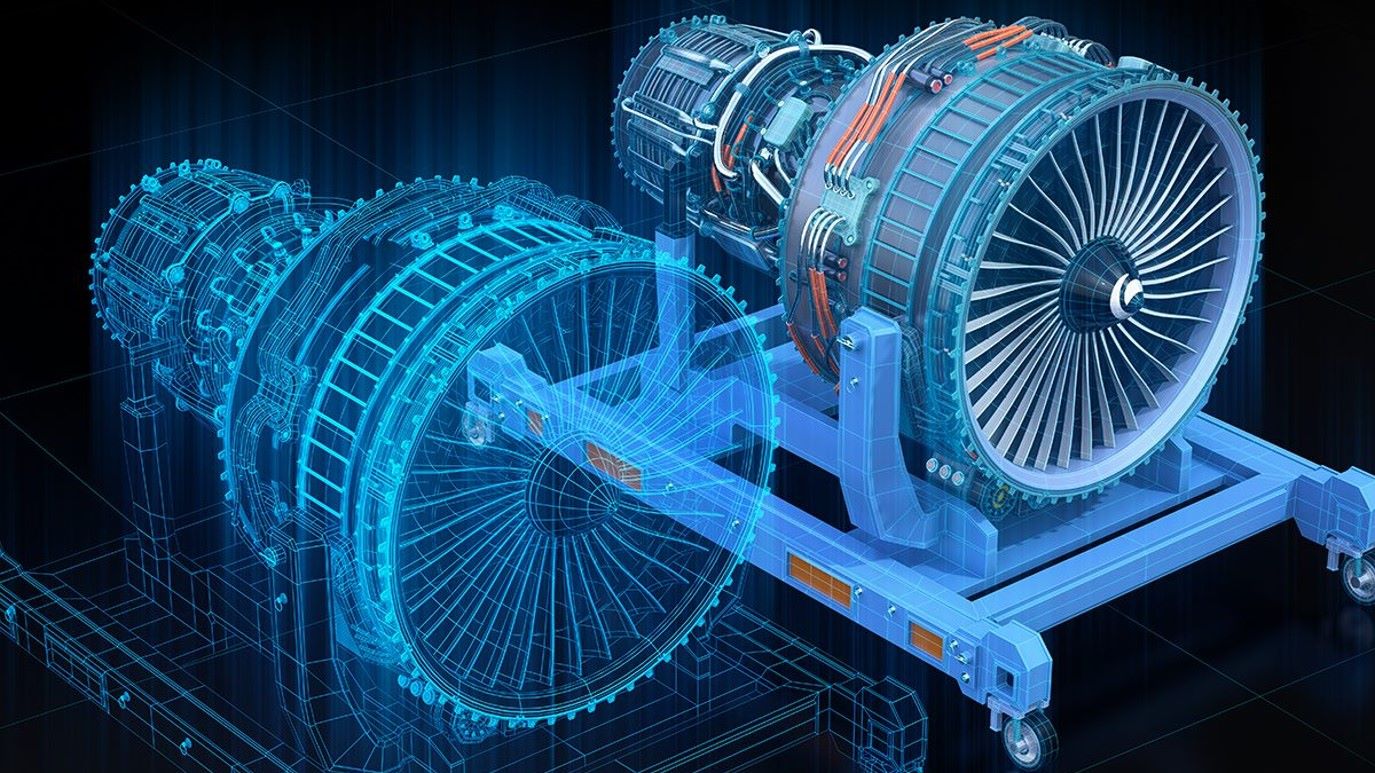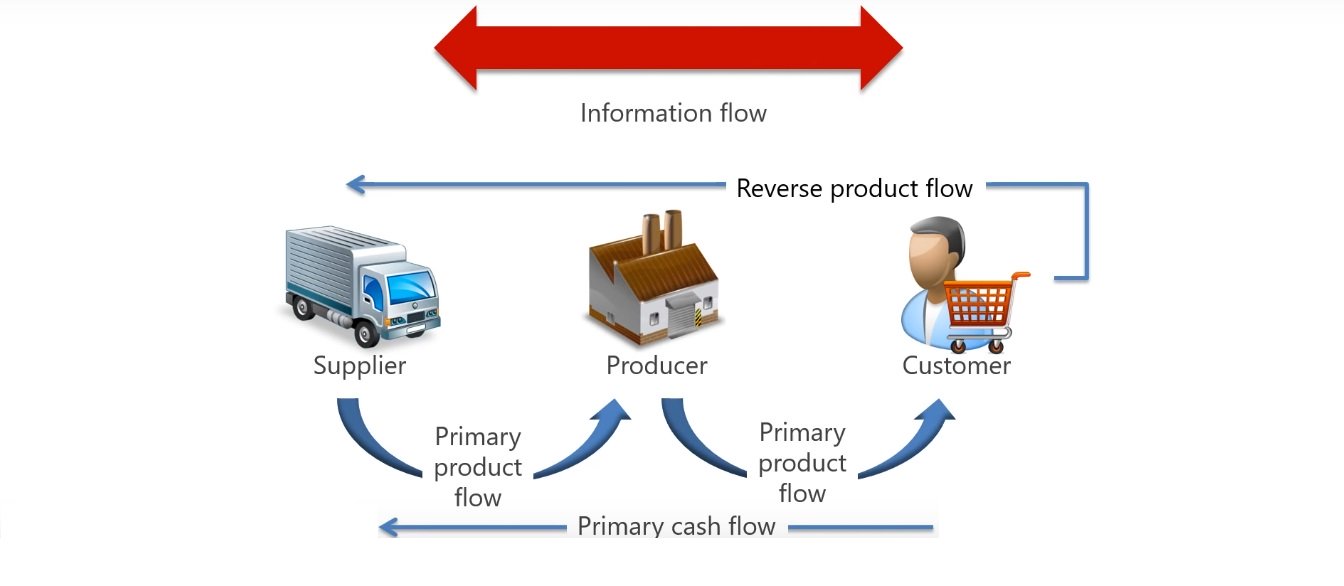
In today's rapidly advancing technological landscape, digital twins are reshaping how industries operate, from manufacturing to urban planning. But what exactly are they? Digital twins are virtual replicas of physical entities, enabling businesses to simulate, predict, and optimize systems through real-time data. This concept might sound like science fiction, but it's a reality that's making waves across various sectors. Whether you're a tech enthusiast keen on the latest innovations or a professional looking to stay ahead in your field, understanding digital twins is crucial. In this post, we'll unveil 20 intriguing facts about digital twins, shedding light on their importance, applications, and potential to transform the future. Get ready to dive into a world where the boundary between physical and digital blurs, offering endless possibilities for innovation and efficiency.
What Are Digital Twins?
Digital twins represent highly detailed digital models that mirror physical objects, systems, or processes. They are used in various industries, including manufacturing, healthcare, and urban planning, to simulate, predict, and optimize systems before implementing changes in the real world. By leveraging data from sensors, digital twins allow for real-time monitoring and predictive maintenance, leading to improved efficiency and reduced costs.
How Do Digital Twins Work?
At their core, digital twins rely on data, algorithms, and the Internet of Things (IoT) to function. They collect data from their physical counterparts through sensors and use this information to create a dynamic, digital representation. This model can simulate different scenarios, analyze performance under various conditions, and provide insights that would be difficult or impossible to gather from the physical object alone.
-
Digital twins are not a new concept; they have been around since the early 2000s but have gained significant traction with the advancement of IoT technology.
-
These digital replicas can range from simple models that represent a single aspect of a physical object to complex systems that encompass entire cities.
Applications of Digital Twins in Different Industries
Digital twins have found applications across a broad spectrum of industries, demonstrating their versatility and value.
-
In manufacturing, they optimize production lines and predict equipment failures before they occur, minimizing downtime and maintenance costs.
-
Healthcare uses digital twins to create personalized medicine and simulate how drugs interact with the body, improving patient outcomes.
-
Urban planning benefits from digital twins by simulating infrastructure changes and their impacts on traffic, pollution, and population density, aiding in more sustainable city development.
Advantages of Implementing Digital Twins
The implementation of digital twins brings numerous benefits, from enhancing product design to improving system performance.
-
They enable the testing of prototypes in a virtual environment, reducing the need for physical prototypes and speeding up the development process.
-
Digital twins facilitate predictive maintenance, which can significantly decrease unplanned downtime and extend the lifespan of equipment.
-
By simulating different operational scenarios, they help businesses identify the most efficient processes, leading to cost savings and increased productivity.
Challenges and Considerations
While digital twins offer substantial benefits, their implementation is not without challenges.
-
One of the main hurdles is the high initial cost and complexity of setting up a digital twin, which can be prohibitive for smaller businesses.
-
Ensuring data security and privacy is another critical concern, as digital twins often deal with sensitive information.
-
The accuracy of a digital twin depends on the quality and quantity of data collected, requiring robust data management practices.
Future of Digital Twins
The future of digital twins is promising, with continuous advancements in technology expanding their potential applications.
-
Integration with artificial intelligence and machine learning will make digital twins even more intelligent, allowing for more accurate predictions and autonomous decision-making.
-
As 5G technology becomes more widespread, the increased data transfer speeds and reduced latency will enhance the performance of digital twins, enabling more complex and real-time simulations.
-
The use of digital twins is expected to become a standard practice in many industries, driving innovation and efficiency.
-
Innovations in virtual and augmented reality will further enrich the interaction with digital twins, providing more immersive and intuitive ways to analyze data and simulations.
-
The environmental impact of digital twins cannot be overstated; by optimizing systems and processes, they contribute to more sustainable practices and reduced resource consumption.
-
In the coming years, the democratization of digital twin technology will make it accessible to a broader range of businesses, not just large corporations.
-
The education sector will increasingly adopt digital twins for training and research, offering students and researchers a hands-on experience with complex systems in a risk-free environment.
-
Digital twins will play a crucial role in disaster response and management, simulating the effects of natural disasters on infrastructure and planning more effective responses.
-
Finally, the integration of digital twins with blockchain technology could revolutionize data integrity and transparency, ensuring secure and tamper-proof records of data exchanges.
A Final Glance at Digital Twins
Digital twins have reshaped how industries approach problem-solving, innovation, and efficiency. From manufacturing to urban planning, these virtual replicas offer a sandbox for testing ideas, predicting outcomes, and optimizing systems without the risks associated with real-world experimentation. They're not just a futuristic concept but a present-day tool that's becoming increasingly indispensable. As technology evolves, so too will the capabilities and applications of digital twins, promising even more exciting developments on the horizon. Whether it's enhancing product design, streamlining city management, or advancing healthcare, digital twins stand at the forefront of the next wave of digital transformation. Embracing this technology means stepping into a future where the boundaries between the physical and digital worlds blur, unlocking potential we're just beginning to explore.
Was this page helpful?
Our commitment to delivering trustworthy and engaging content is at the heart of what we do. Each fact on our site is contributed by real users like you, bringing a wealth of diverse insights and information. To ensure the highest standards of accuracy and reliability, our dedicated editors meticulously review each submission. This process guarantees that the facts we share are not only fascinating but also credible. Trust in our commitment to quality and authenticity as you explore and learn with us.


